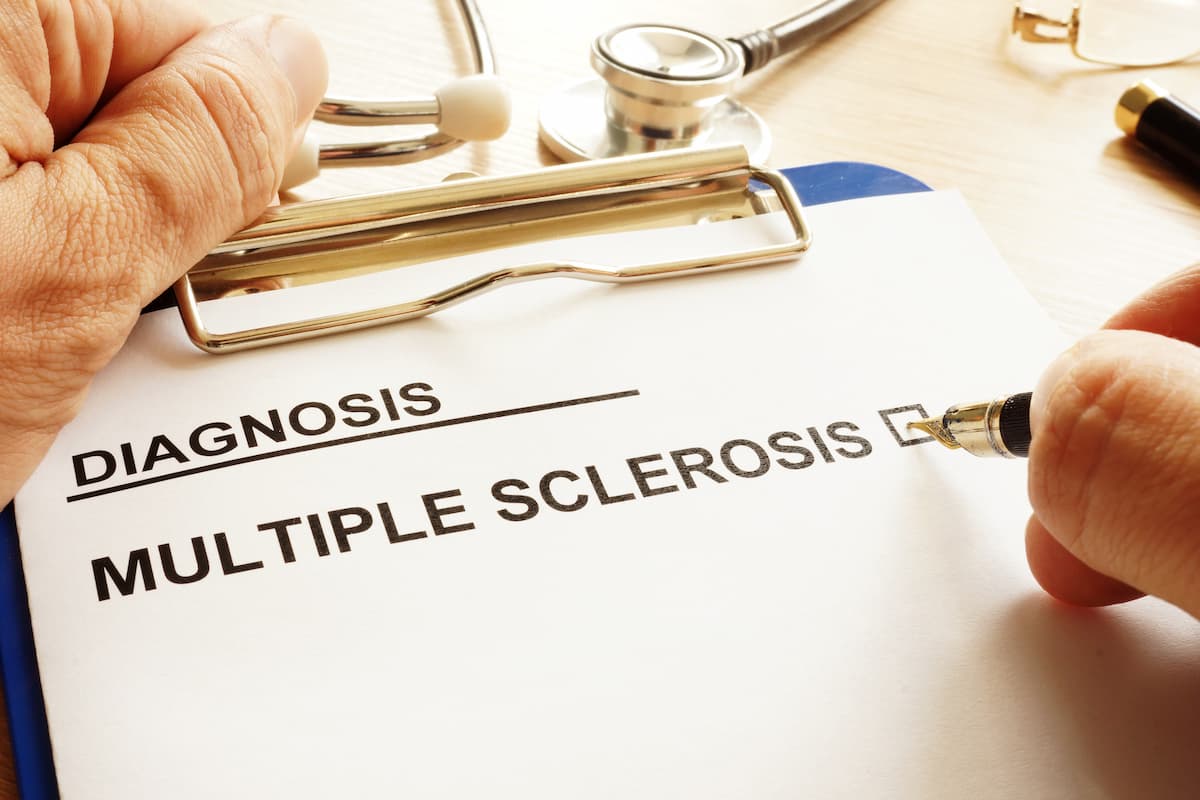Video
Multiple Sclerosis: Evolution in Goals of Therapy
Fred D. Lublin, MD, FAAN, FANA: There are several goals in treating multiple sclerosis [MS]. We treat the exacerbations as we have just discussed. We have disease-modifying therapies, which lessen the risk of exacerbation and lessen the risk of disability, or changes in the MRI [magnetic resonance imaging].
We have strategies to enhance recovery from exacerbations like plasmapheresis. We have strategies to enhance function, things like dalfampridine, which get people walking faster.
Our next 2 horizons are to look at ways of treating the generative phase of multiple sclerosis with newer protective agents. And then to repair the damage that’s done, and we’re already doing early phase studies for repair strategies.
The goals of treatment have progressed because we have many choices now. And we’ve gotten better at treating the relapsing form of MS. We’ve opened the door for treating progressive forms of MS as well with some recent studies. But that’s still not as far along as we are with relapsing forms of MS. We’ve done a really good job of reducing relapses.
The comprehensive approach, treating a patient with MS, involves multiple strategies. One is to look and see whether they need disease-modifying therapy. And if they do, which one? And there’s no set algorithm for choosing those. It’s a long conversation with the individual going over which therapy might be best for them, which therapy they’re willing to accept, what their comorbidities may be, what their family-planning needs are, because that plays a big role in what we do when we’re recommending therapies. And then there are symptomatic therapies. There’s dealing with their social issues, how the disease affects the rest of the family and their dynamics, how they’re getting along at work. That’s the comprehensive aspect.





